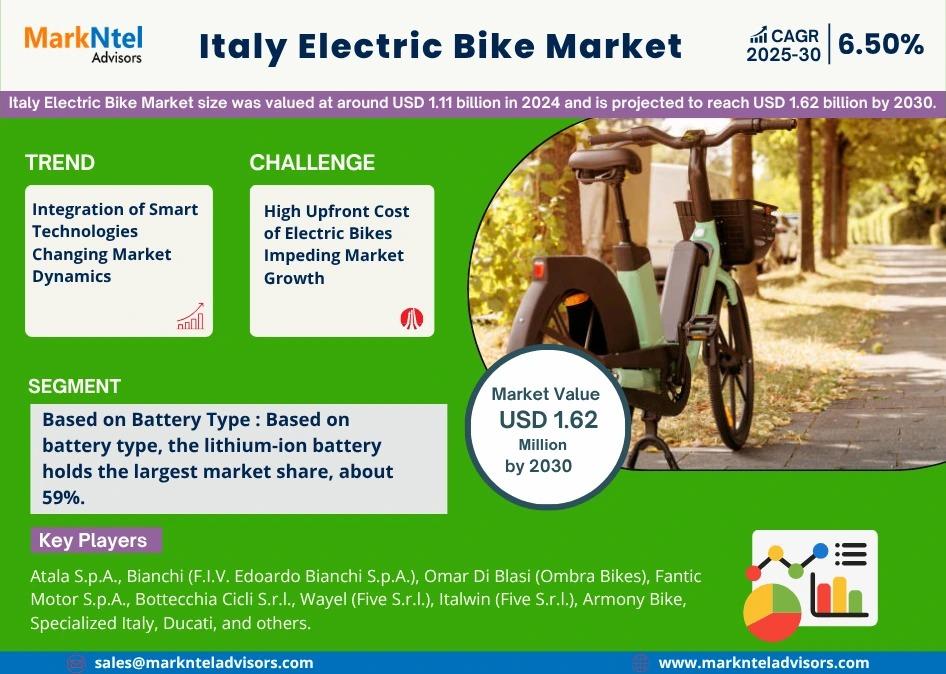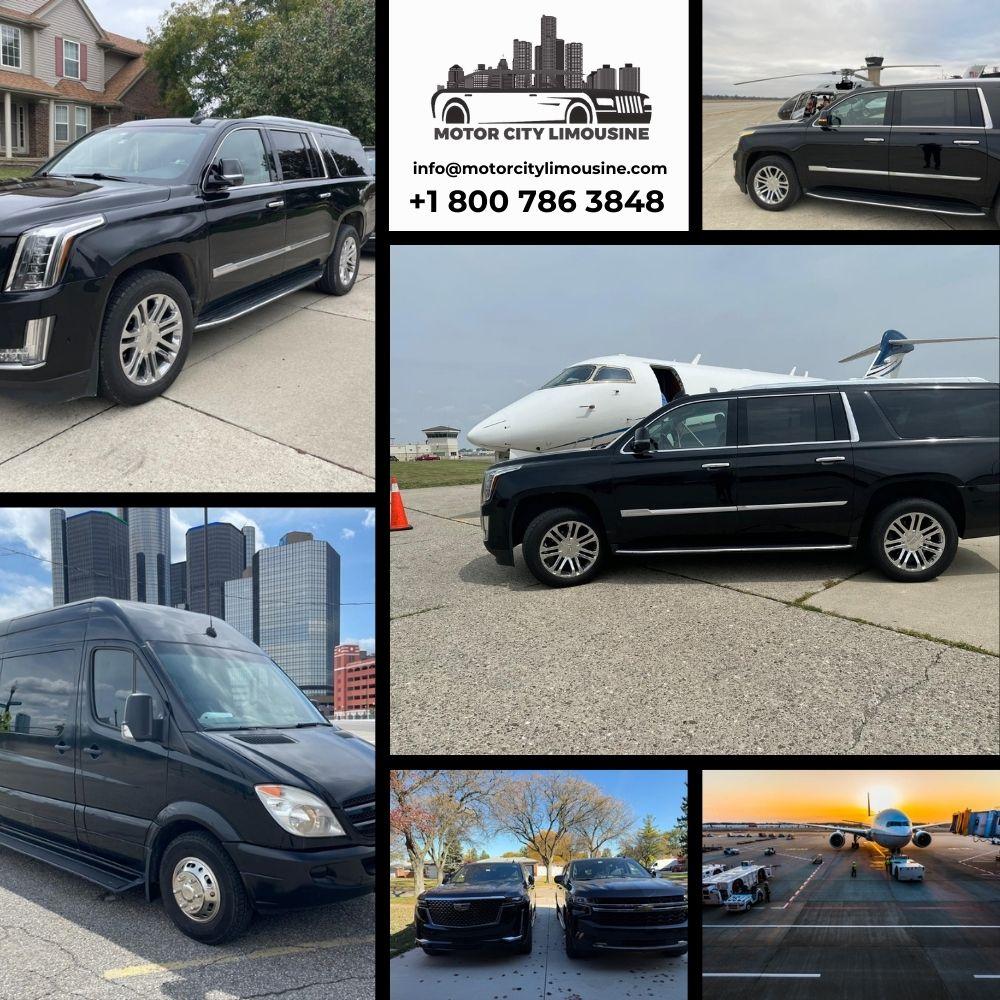The Decline of "Click Here" in Modern Web Design: A Closer Look
In the early days of the internet, web design was a relatively straightforward affair. Websites were primarily text-based, and navigation was simple, driven by basic instructions and links. The phrase “Click here” became a staple across countless websites, guiding users to take specific actions with just one simple command: click. This ubiquitous phrase appeared in navigation menus, email campaigns, and even promotional banners. It was a clear and concise directive for users to engage with digital content.
However, as web design has evolved and the online experience has become more sophisticated, the phrase "Click here" has gradually become outdated. Today, many websites and applications have moved away from using this phrase in favor of more meaningful and actionable calls to action (CTAs). But why did "Click here" work for so long, and why is it no longer effective?
This article explores the evolution of “Click here,” the reasons behind its decline, and the modern strategies that have replaced it in contemporary digital marketing and web design.
The Rise of “Click Here”: A Staple of Early Web Design
When the internet was in its infancy, websites were largely text-driven with simple layouts. The concept of interaction was still novel, and users were learning to navigate a completely new medium. “Click here” served as a straightforward and universal instruction, providing users with clear guidance on what to do next. This was especially important in a time when internet usage was still growing, and many users were not yet familiar with navigating websites.
In the early 2000s, “Click here” appeared everywhere: on image links, buttons, and highlighted text. Whether you were directed to download a file, navigate to another page, or access additional content, “Click here” was the go-to call to action. For web developers, it was an easy way to establish clear user paths and make websites functional, without the need for elaborate designs or complex copy.
As the internet evolved, “Click here” became ingrained in the digital experience. It was simple and effective in guiding users, and it ensured that visitors could easily find what they needed. This approach worked because it was easy for both website creators and users to understand.
The Decline of “Click Here” in Modern Web Design
Despite its dominance in the early web, “Click here” no longer holds the same level of significance in modern web design. A multitude of factors have led to the decline of this once-ubiquitous phrase. These include the evolution of web design trends, the increasing sophistication of user behavior, and the shift toward mobile-friendly design. Here are the key reasons why “Click here” is being phased out:
1. User Expectations Have Changed
As the internet has grown and become an integral part of daily life, users’ expectations have evolved. Today’s internet users are more sophisticated and expect a higher level of engagement and functionality. A simple phrase like “Click here” lacks the level of specificity and personalization users now demand. Modern users want clarity, context, and value in the actions they take. They don’t just want to be told to click—they want to know exactly what they’ll get in return.
For example, if a website wants users to download a product, a more effective CTA would be “Download your free guide to digital marketing” rather than a generic “Click here”. This CTA provides immediate context, telling users exactly what they will receive and why they should take action. By being more descriptive and transparent, web designers create a sense of value that entices users to engage with the content.
2. SEO Implications
Search Engine Optimization (SEO) has become a critical part of web development and online marketing. The anchor text used in hyperlinks is one of the key elements that search engines analyze to determine the relevance and context of a link. The phrase “Click here” offers no information about the content of the page it is linking to, which ultimately hampers SEO performance.
For example, instead of using “Click here” to link to an article on digital marketing tips, it would be far more beneficial to use anchor text like “Read our top 10 digital marketing strategies”. This not only provides a more compelling description for users, but it also improves SEO by making the link more relevant to search engines.
3. Mobile Design and User Interaction
With the rise of mobile internet usage, websites have had to adapt to smaller screens and different methods of user interaction. “Click here” worked well for desktop users, where there is ample space for text and links. On mobile devices, however, screen space is limited, and users expect more streamlined, concise, and actionable content.
In a mobile-first world, web designers must prioritize brevity and clarity in their CTAs. Mobile users are often on the go, and they need quick, actionable instructions. A CTA like “Download now” or “Start your free trial” is more effective than the vague “Click here” because it tells users exactly what they need to do and what they will get in return.
Additionally, the phrase “Click here” assumes the use of a mouse, but mobile users tap rather than click. Modern CTAs are optimized for tap-based interaction, with buttons that are easy to press on touchscreens.
4. User Experience (UX) Focus
User Experience (UX) design is now a central focus of web development, and it prioritizes creating an intuitive, seamless, and engaging experience for the user. “Click here” does not align with the current standards of UX, as it offers no information on what the user will gain by clicking. In a world where UX is king, providing specific, action-oriented, and engaging CTAs has become the norm.
Rather than using the generic “Click here”, modern websites use CTAs that speak directly to the user’s needs. For example, an e-commerce website might use “Shop the Summer Collection” or “See the Best Deals”. These CTAs provide both context and an invitation to act, resulting in better engagement and conversion rates.
How Web Design Has Moved Beyond “Click Here”
As web design and user behavior have evolved, so too have the strategies used for guiding users to take action. Here are some modern alternatives to “Click here” that provide more context, clarity, and engagement:
1. Action-Oriented CTAs
Instead of telling users to click, modern CTAs clearly state the action and its benefit. Examples include:
-
“Start your free trial”
-
“Get your free consultation”
-
“Learn more about our services”
These CTAs not only tell users what they should do, but also explain what they will get out of the action, increasing the likelihood of engagement.
2. Descriptive CTAs with Context
A more effective approach is to provide context in the CTA itself. This gives users a sense of what to expect after they take action. Examples include:
-
“Download the full report”
-
“Read our detailed guide on SEO”
-
“View our product catalog”
These CTAs provide immediate value and tell users exactly what they will get after clicking.
3. Personalized CTAs
Personalization is one of the most powerful strategies in modern web design. By tailoring CTAs to individual users based on their behavior, preferences, or location, websites can create a more engaging and relevant experience. For example:
-
“Welcome back, [Name]! Continue where you left off”
-
“You might also like these products”
Personalized CTAs foster a sense of connection, encouraging users to engage further with the website.
4. Urgency and Scarcity
Urgency-driven CTAs can prompt users to take action quickly. Phrases like “Limited time offer,” “Act now,” or “Hurry, only a few spots left!” create a sense of urgency, motivating users to act sooner rather than later.
Conclusion: Moving Beyond "Click Here"
While “Click here” served its purpose in the early days of the web, it is no longer an effective or meaningful way to engage users in today’s digital landscape. As technology advances and user expectations grow, web design must evolve to meet those needs. By replacing “Click here” with clear, action-oriented, and personalized CTAs, businesses and websites can provide a more engaging, efficient, and user-friendly experience that drives higher conversion rates and improves overall user satisfaction.
The internet has matured, and so too must the way we interact with it. In a world where information is abundant and attention spans are short, it’s essential to be precise, descriptive, and relevant—leaving behind the outdated “Click here” in favor of modern, effective CTAs.





